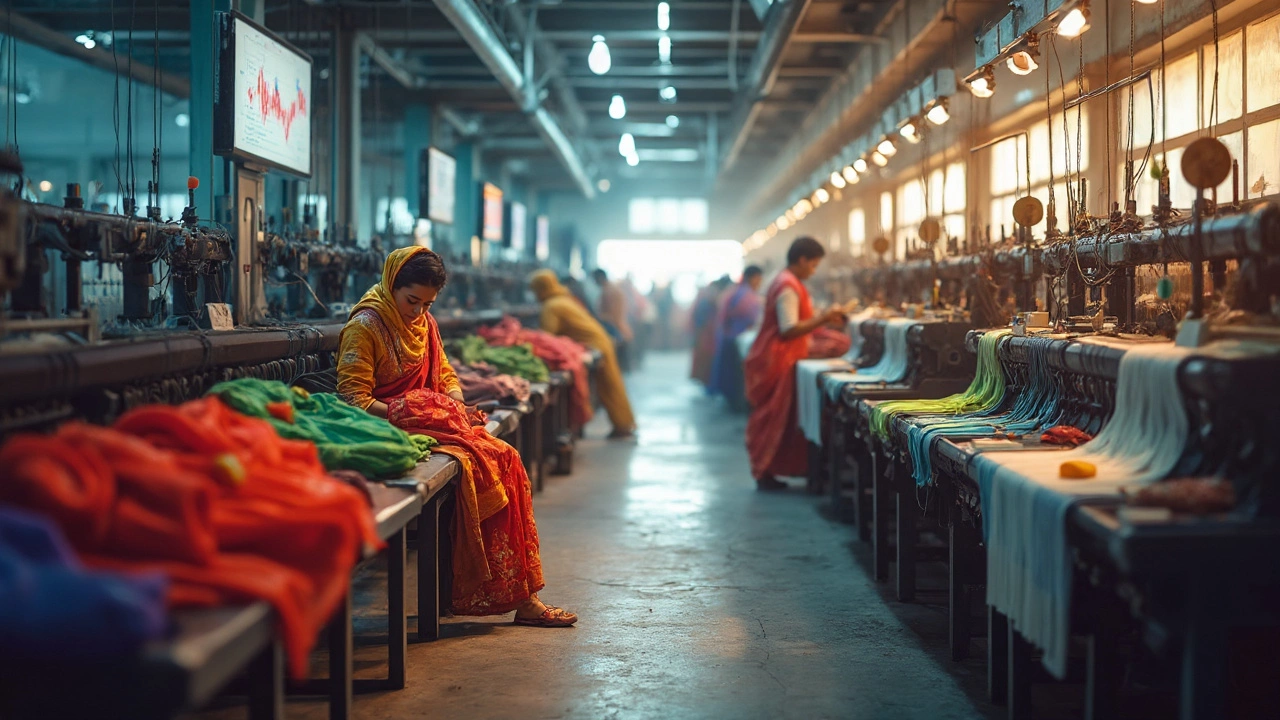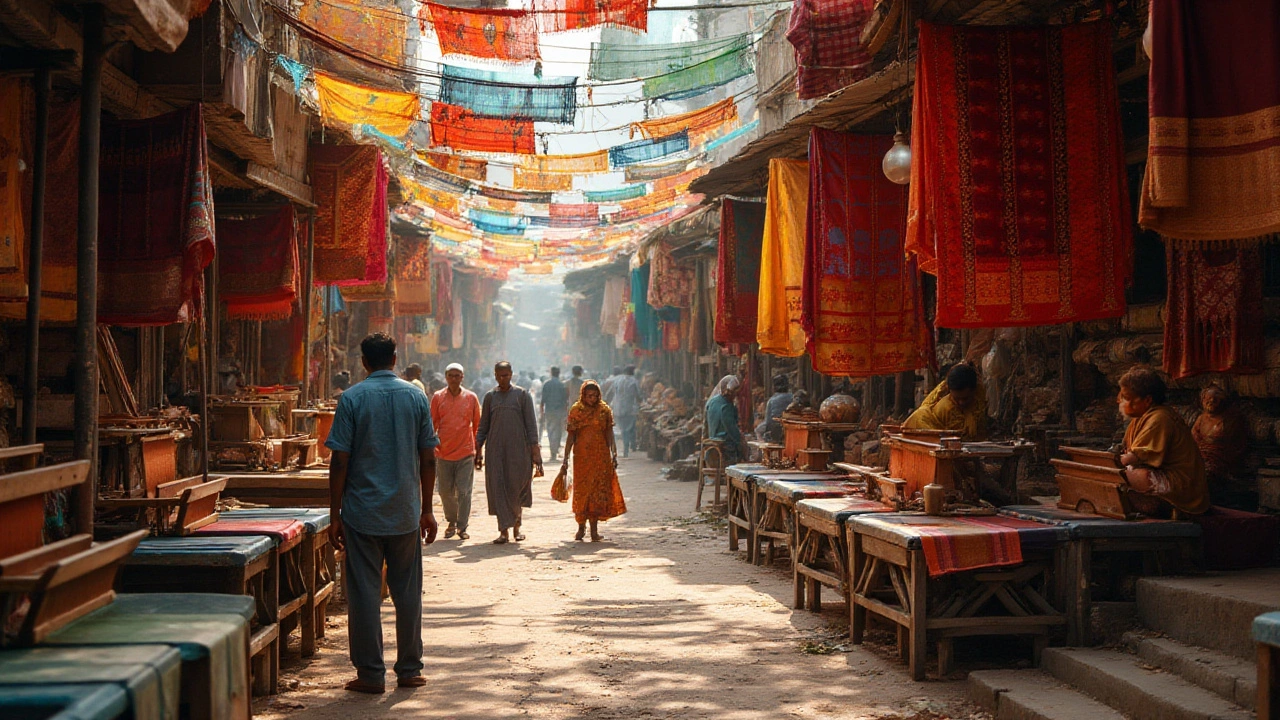Textile Manufacturing in India: Trends, Leaders & Market Insights
When working with textile manufacturing, the conversion of raw fibers into yarn, fabric and finished garments. Also known as fabric production, it fuels the Indian textile industry, a sector that supports millions of jobs and accounts for a significant share of export earnings. One of the biggest textile companies, Arvind Limited, leads with a diverse product portfolio and a strong sustainability push, while Reliance Industries, the No 1 textile company in India by revenue, drives innovation in synthetic fibers. The ecosystem also includes a robust supply chain, where yarn mills, dye houses and garment exporters coordinate to meet global demand. Textile manufacturing therefore encompasses fiber processing, requires advanced machinery, and influences export performance. Below we unpack how these pieces fit together and why they matter to anyone watching India's industrial rise.
Key Drivers and Emerging Opportunities
India’s textile market is shaped by three core drivers: raw material availability, technology adoption, and government policy. Cotton production stays high thanks to a network of small‑scale farms, while synthetic fibers surge as manufacturers invest in recycled polyester. Modern loom technology and digital printing enable faster design cycles, cutting lead times for fashion brands. Policy tools like the Production Linked Incentive (PLI) scheme boost capital spending, turning traditional mills into smart factories. These factors create a feedback loop—higher output lowers per‑unit costs, which attracts more export contracts, which then fund further tech upgrades. The result is a sector that is both labor‑intensive and increasingly automated, offering roles ranging from machine operators to data analysts.
Another important piece is the shift toward sustainable practices. Companies such as Arvind are adopting water‑saving dyeing methods and recycling textile waste into new yarns, responding to global buyers who demand eco‑friendly fabrics. This sustainability push is not just a branding exercise; it reduces operating costs and opens doors to premium markets in Europe and North America. At the same time, the rise of “make‑in‑India” apparel brands leverages local design talent, shortens supply chains, and appeals to consumers looking for home‑grown products. Together, these trends illustrate how textile manufacturing is evolving from a volume‑focused industry to one that balances scale with responsibility.
Below you’ll find a curated set of articles that dive deeper into the numbers, the leading firms, and the strategic moves reshaping the sector. From profiles of the largest textile company to data on how many manufacturers operate across the country, the collection gives you a practical toolbox to understand today’s landscape and anticipate tomorrow’s opportunities.


